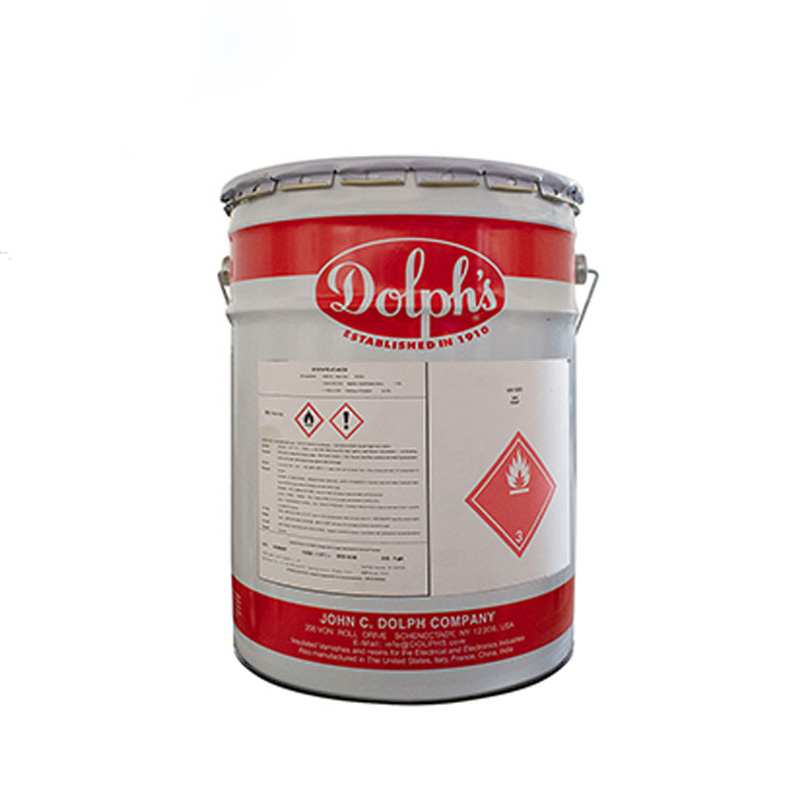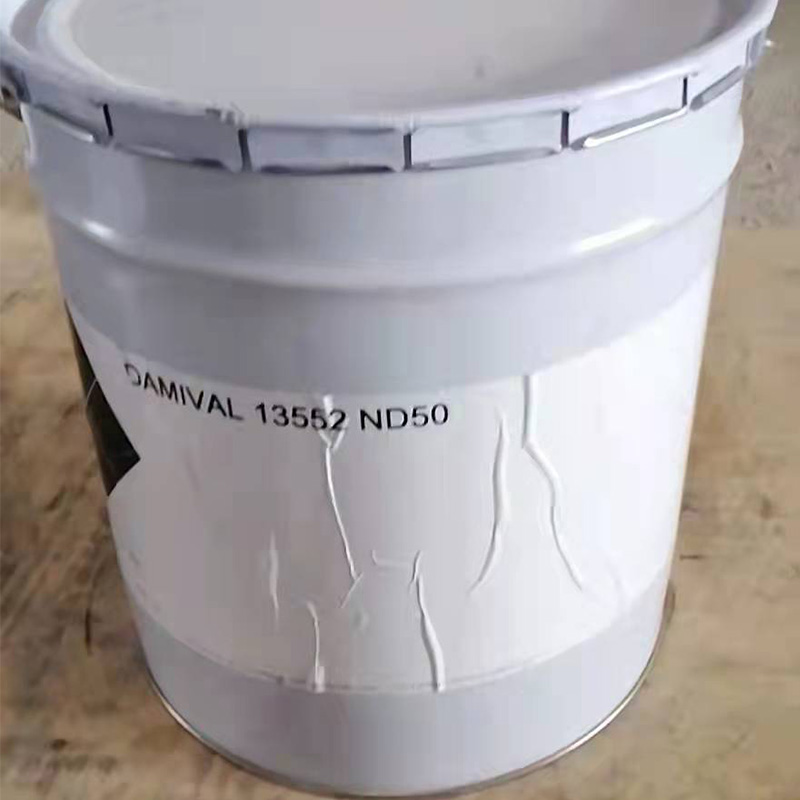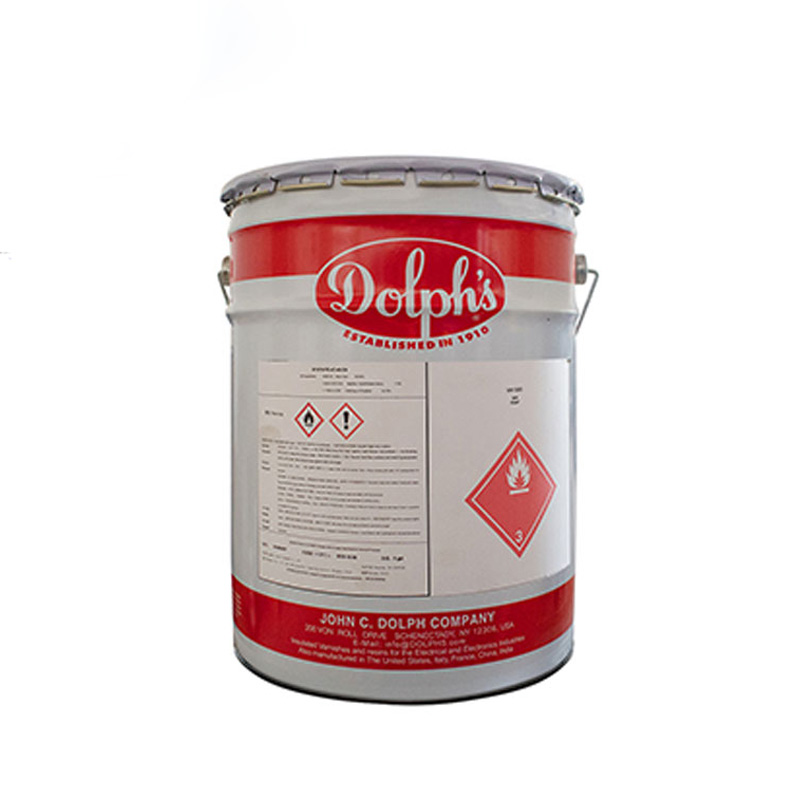UL94 flame retardant grade introduction and common misunderstanding analysisCurrent location :Home > UL94 flame retardant grade introduction and common misunderstanding analysis
- Time:2022-1-10 11:21:37 Posted:E&C Technologies(Shenzhen) Co., Ltd.
- The UL94 flammability rating is the most widely used standard for the flammability performance of materials. It is used to evaluate the ability of a material to extinguish after being ignited, and it is a popular standard for daily testing of whether a material is flame retardant. UL94 can be judged in various ways according to the burning speed, burning time, anti-drip ability and whether the dripping beads burn after the material is ignited. Numerous values are available for each tested material based on color or thickness. When selecting a material for a product, its UL rating should meet the thickness requirements. The UL rating should be reported along with the thickness value, it is not sufficient to report the UL rating without the thickness.
Since the UL94 flame retardant grade is an American standard, translation has led to various understandings of the UL94 flame retardant grade standard. Therefore, many factories have their own set of "V-0" grades, which has brought great benefits to upstream and downstream enterprises. inconvenient. Here are some common misunderstandings about UL94 flame retardant grades:
Flame retardant grade (increasing from HB, V-2, V-1 to V-0)
HB: The lowest flame retardant rating in the UL94 standard. It is required to burn at a rate of less than 40 mm per minute for samples 3 to 13 mm thick; less than 70 mm per minute for samples less than 3 mm thick; or to extinguish before the 100 mm mark.
V-2: The flame was extinguished within 30 seconds after the sample was subjected to two 10-second burn tests. Can ignite cotton wool below 30cm.
V-1: The flame was extinguished within 30 seconds after the sample was subjected to two 10-second burn tests. The cotton wool below 30cm cannot be ignited.
V-0: The flame was extinguished within 10 seconds after two 10-second burn tests on the sample. No burning objects should fall.
Misunderstanding 1: Only when the fire is extinguished can it reach the V-0 level
This is the understanding of some factories. They have only one standard for judging whether the material is flame retardant: self-extinguishing away from fire, that is, "the material cannot be ignited". Once there is a burn, they rate it as "not enough flame retardant". The reason for this misunderstanding is that I don't understand the standard at all. I only hear from hearsay that "the V-0 level is 10 seconds and cannot be ignited", and no matter how others explain it, it only recognizes the standard that I think it is.
Misunderstanding 2: HB grade is not a flame retardant grade, any material without flame retardant treatment can be marked with HB grade.
In fact, the HB grade is the lowest flame retardant grade in the UL94 standard, often referred to as "retarding fire": requiring a burning rate of less than 70 mm per minute for samples 3 to 13 mm thick, or extinguishing before the 100 mm standard .
Misunderstanding 3: The higher the flame retardant grade, the better: V-0 must be better than V-2
Plastics used for different purposes have different requirements for flame retardancy. In reality, it is generally desirable for materials to have higher levels of flame retardancy. But in fact, various flame retardant test methods have gas limitations, and their conclusions are relative. Therefore, it is not that the higher the flame retardant level, the better.
For example: UL94 V-0 grade materials are generally considered better than V-2 grades. However, some electrical products require materials to have arc ignition resistance, and V-2 grade is better than V-0 grade at this time. Because UL94V-2 grade materials will not form conductive and coke under the action of electricity, thus greatly reducing the possibility of fire, while UL94V-0 grade materials are the opposite.
Misunderstanding 4: UL yellow card certification only has the V-0 level for its natural color, so no matter what color the product is, it can be declared as V-0 level.
This is caused by the inaccurate interpretation of the UL flame retardant grade standard - although it is possible that the natural color material can reach the V-0 level, and other color products can also achieve it, but this is only possible, not all. Different materials, different flame retardant systems, and different color effects.
UL94 flame retardant grade introduction and common misunderstanding analysis
Related Technology




